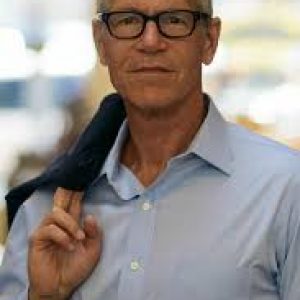The prospect of a recession in 2023 gave finance chief Dev Ahuja pause for consideration last year as he planned his spending priorities. Not that he paused for long. “I was kind of cautious but even with that caution, I was pretty sure it was a good time to add more capacity,” says the CFO of Novelis, one of the world’s leading producers of flat-rolled aluminum products to global automotive, aerospace and construction markets.
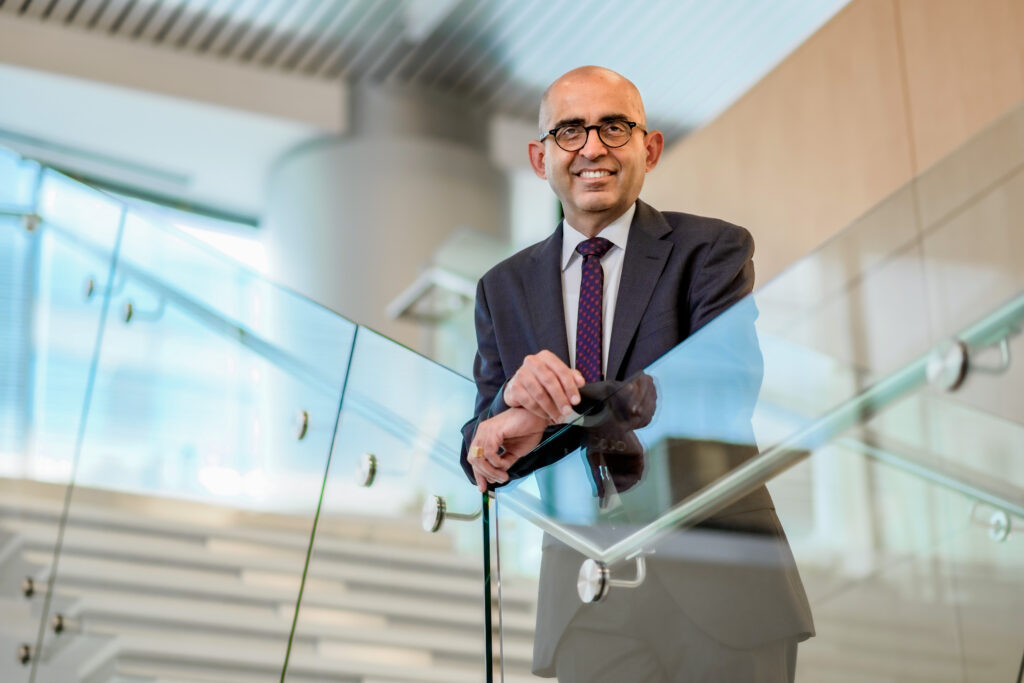
“More capacity” is a relative term, as Ahuja invested big in the development of several major capital-intensive projects, including a $2.5 billion new low-carbon aluminum recycling and rolling plant in Alabama and a $365 million recycling plant in Kentucky. “This year and even last year, despite concerns over a possible recession, all our major global end markets were growing in the range of 3 to 5 percent,” he says.
Economically speaking, Ahuja expects 2024 to be a better year than last year for privately held Novelis (net sales of $18.5 billion in fiscal year 2023), but that hasn’t swelled his head with visions of a plentiful war chest. “Demand drives our growth strategy, and it is growing this year and expected to continue in 2025, but I always look for ways to do more with less,” Ahuja says.
An example is the company’s plan to reduce dependence on Asia-based suppliers. “We learned a lesson from Covid and the supply chain crisis when we were short on North America capacity as demand grew,” he says. “The freight costs of transporting products from Asia reached $600 to $700 per metric ton, which is more than we make on a per ton basis. That drove our decision to build the new plants, irrespective of a possible recession.”
Ahuja is not alone among finance chiefs in plunging ahead with bold ideas as economists play Cassandra. In December 2022, a group of economists in Bloomberg projected a 70 percent chance of a recession in 2023, due to the Federal Reserve’s massive interest rate increases. Fast forward to December 2023, and a survey of economists by the National Association for Business Economics reduced the prospect of a recession in 2024 by 50 percent.
Up and down it goes, along with CFO optimism. In December 2023, the Federal Reserve Banks of Richmond and Atlanta asked CFOs to rate their optimism about the economy on a scale of 0 to 100. The average rating was 58 percent, up slightly from 56.2 percent in the third quarter, but not exactly brimming over with confidence. Conversely, Deloitte’s Q4 2024 CFO Signals survey released on January 9 found that CFO optimism plummeted from 57 percent in Q3 to 47 percent. One CFO’s positivity about the economy is another’s doubt. Perhaps Voltaire was on to something when he opined that, “Optimism is the madness of insisting that all is well when we are miserable.”
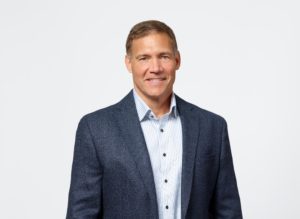
While the spinning weathervane of economic tailwinds and headwinds factors into CFO capital spending priorities, it does not rule their decisions. In fact, the Federal Reserve Banks survey found that CFO optimism about their own company’s prospects, an average of 67.3 percent, was significantly higher than their economic optimism. “The macroeconomy always plays some role in CFO capital allocation choices,” says Scott Settersten, CFO at beauty retailer Ulta Beauty, “but we’re investing for the future.”
Settersten’s spending in 2023 and 2024, for instance, is funding a multi-year transformation of Ulta Beauty’s operations and business. “We’re nearing the end of implementing a new ERP system and digital platform; both were at the end of their useful life,” he explains. “We’re also spending to develop new stores to expand our footprint and remodeling our brick-and-mortar fleet for competitive reasons. You can’t be short-term focused just because the tailwinds are picking up.”
Cautiously Optimistic
Thank Federal Reserve Chair Jerome Powell for whipping up the tailwinds, having suggested in December 2023 that the Fed would hold interest rates steady and begin lowering them in 2024. Assuming rate cuts are imminent by midyear, economist Robert Hartwig, a clinical associate professor of finance at the University of South Carolina, says, “We’ve got all the ingredients for that economic nirvana known as the `Goldilocks Economy.’” The term references an economy that is neither too hot nor too cold, sustaining the ideal state of moderate growth.
Moderate growth does not mean an easy ride in the year ahead, Hartwig cautions, explaining, “There’s no question the financial markets got ahead of themselves in late 2023, fueled by feverish optimism over AI and Fed rate cuts; there’s also no question that U.S. economic growth is decelerating—monthly job gains are normalizing as imbalances in labor markets fade, and excess savings accumulated by consumers during the pandemic continue to shrink. Economic weakness abroad also will be a drag on growth at home. And let’s not forget the uncertainty generated by the 2024 elections.”

How To Handle Your 2024 Budget
The volatility and challenges of the last few years have made financial predictions difficult. Here’s how one organization is approaching the task in the coming year, and a blueprint for how you can too.
Nevertheless, he projects the U.S. is “sufficiently resilient” to finish 2024 “with modest growth, likely just under 1 percent, certainly not too hot and maybe a bit too cold for some, but still a good distance from the doom and gloom predicted over the past two years.”
The “doom and gloom” in 2023 made Hai Tran, CFO at CSG International, “more cautious,” he says, about his capital investments last year. “Our net debt leverage has always been fairly low, but the challenge we had in 2023 was that the vast majority of our capital structure was a floating (interest) rate, adjusting up or down to reflect economic conditions. As it rose, there was a bit of a headwind to our earnings.”
In response, the public company ($1.06 billion in fiscal 2023 revenues), a multinational provider of business support systems, software and services, issued $425 million of convertible notes in September 2023 that are due in 2028. “It dramatically reduced our cost of capital, fixing 75 percent of our debt structure,” Tran says, adding that he now has access to the money to support a slate of investments in 2024. “Innovation is the lifeblood of our growth and long-term success.”

Among the investments is Forte Engage, a multi-channel, no-code digital payment solution “putting payments in the hands of customers to pay when they want and how they want,” says Tran. Another new product is Bill Explainer, a digital tool that anticipates and reduces “bill shock.” Using Generative AI to extract insights from thousands of complex billing scenarios, the solution proactively communicates to consumers what has changed in their bill to reduce the element of surprise.
To continue the company’s profitable growth momentum, Tran is eyeing potential M&A opportunities in 2024. “We made no acquisitions last year, but not because we weren’t looking,” he says. “The valuation expectations of sellers and the buyers were in opposition; there was quite a delta there. We decided to take a disciplined approach until the valuations became more reasonable. This is more the case now, depending on the area (of business).”
Last on his list of capital spend priorities is AI, which has been part of CSG’s processes and products for several years, he says. “Generative AI is the latest advancement in the field and it’s a disruptive technology that’s here to stay. We plan to invest in further leveraging GenAI capabilities internally to drive greater workforce productivity and efficiency, partner with companies like Microsoft to generate other AI benefits, and embed AI in our innovative solutions, the case with Bill Explainer.”
As Tran’s comments suggest, building long-term value is squarely in focus. “The traditional culture of the CFO organization was backwards looking, staying on the sidelines and keeping score,” he says. “I’m trying to transform the organization to be a real partner to the business, on the field with them in driving future growth and performance.”
Feeling Better
Paul Meyer, CFO at privately held SteelWave, endured his share of capital challenges in 2023. Beset by high interest rates, the half-century old full-service commercial real estate management firm, with 120 employees spread across five Western states, pulled back and “played defense,” Meyer says. “We invest in real estate like office buildings, which has been a very distressed asset class. Values were down around 70 percent due to the remote work paradigm and the cost of capital. We were very transaction light.”
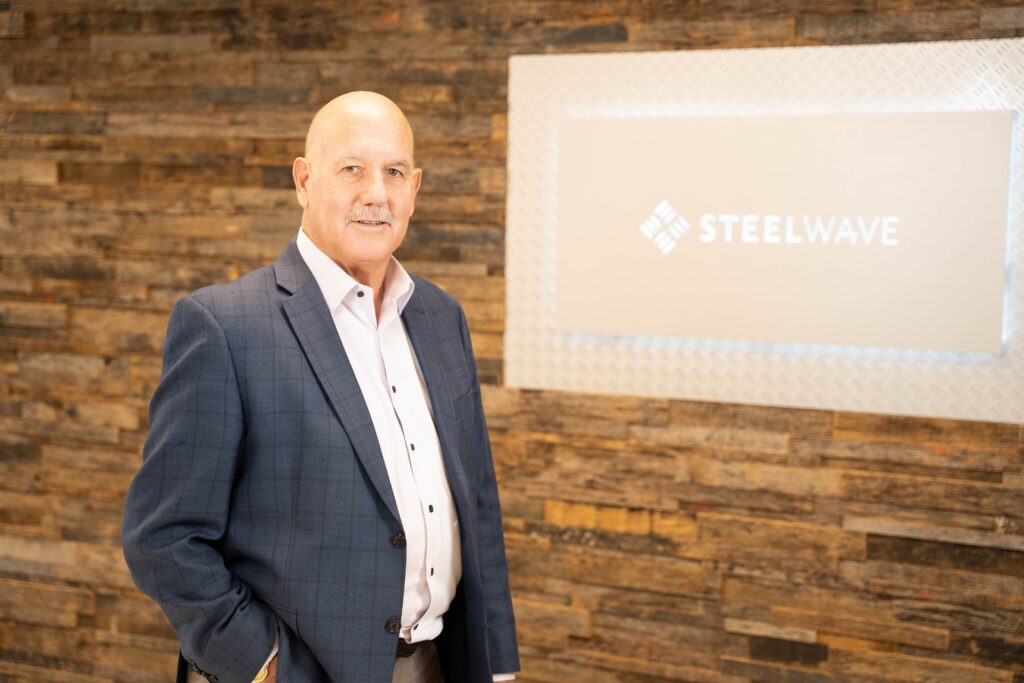
This year is a different story. “Once promising office markets like San Francisco, where the value of (physical) assets has fallen considerably, offers the opportunity for us to come in, buy and renovate an office space, improving it considerably to create an attractive return on the existing rental,” says Meyer. “There’s an enormous amount of upside in buying at the bottom of the market, which this seems to be. I’ve been here for 40 years and have gone through a number of cycles and it certainly feels to me like we’re at bottom. Meanwhile, there’s a tailwind in the air.”
Meyer plans to play offense this year. “We will be very, very active buyers, multiples of what we did in the past few years,” the CFO projects. “2024 will be the best buying opportunity since the S&L (savings and loan) crisis of the ‘80s, when we bought 50 assets liquidated by the Resolution Trust Corporation in a single year.”
Another optimistic finance chief looking to spend wisely and more in 2024 is Brandon Maultasch, CFO at privately held Moloco, a provider of machine learning-based digital advertising solutions recently valued at $2 billion. “We’re on track to invest confidently in the business this year,” says Maultasch. “This year we will invest double in R&D what we invest in sales and marketing, flipping the usual ratio.”

The macroeconomic environment for Moloco’s customers is a factor in his decision. “Customers need to grow the top line and put margin into their business. A promising way to do that is to create new revenue streams that are high margin and profitable,” he explains. “We feel the best way to do that is [to launch] an ads business powered by machine learning that turn online commerce into a profit center.”
Moloco will run large ad campaigns for online retailers and marketplaces, delivering relevant personalized ads to their customers to transform “intent into action,” the CFO says. “There’s a huge mandate from boards and investors for companies to figure out their AI strategy. Our customers could spend several years and hundreds of millions of dollars building an ads system rivaling Facebook, Amazon or Google. Or they can work with us to get the business up and running in a few months.”
Tech and AI Investing
Like the other finance chiefs, CFO Mark Partin’s capital spending decisions at digital finance transformation leader BlackLine takes the macroeconomy into account, but he says it’s “just one of several weathervanes” pointing the way, citing both CEO strategy and productivity and profitability metrics as equally important guideposts.
“The Fed’s rate hikes put finance chiefs in the realm of how we can do more with less, using muscles we’ve always had but might not have flexed for a while; I spent a year finding nooks and crannies to cut costs and focus on productivity,” he says. “CFOs presently are more optimistic of a soft landing. But the things we did a year ago following the CEO and board’s mandates for continued productivity and doing more with less remain in focus.”
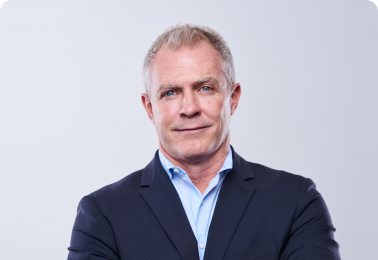
Partin’s business planning for next year looks remarkably similar to last year, despite 2023’s economic woes, he says. A case in point is the publicly traded company’s ($587 million in expected 2023 revenues) acquisition growth strategy. Over the past two years, BlackLine made two acquisitions to broaden the services it provides to the Office of the CFO—FourQ to enhance automated intercompany billing and invoice management, and Data Interconnect to expand accounts receivable automation.
“M&A appears to be a bit more attractive this year as a vehicle for driving growth, with valuations starting to reach greater price parity,” the CFO says. “Sellers and buyers are coming to the table more than last year, giving us more opportunities. If you sit on the sidelines too long and not invest in innovation, someone else will beat you to it.”
While he will continue to look for transformative deals driving BlackLine’s strategy further downstream, he is “keeping the powder dry for now” due to the need to restructure BlackLine’s balance sheet capital.
“Like most companies that secured debt over the last three to five years, that debt is maturing and coming due over the next two years,” he explains. “We’re in conversations with the board on when best to refinance and get in front of the `maturity wall,’ beating other CFOs to the market to secure the best prices.” According to Goldman Sachs, $790 billion in corporate debt will mature in 2024, followed by $1.07 trillion in debt in 2025.
Even if a productive refinancing in 2024 is in the cards, Partin says he will continue to focus on basic blocking and tackling, rationalizing BlackLine’s software applications, partner base and headcount to generate greater productivity.
“I’m kicking the tires of AI like other CFOs but will wait before we do a deal for the business case to mature,” he says. “The promise of `AI in safe hands’ is a message for us as it is for many CFOs. But driving value from it will take longer. In the meantime, my annual investment plans include recruiting people with backgrounds in AI, upskilling existing talent in AI, and bringing in consultants specializing in the AI space to avoid hazardous practices.”
Ahuja at Novelis is kicking the same tires. “We’re running a pilot using AI for cash flow forecasting. We’re a very capital-intensive business with a lot of capital going towards our growth investments, so getting a firmer grip on cash flow is an important subject for us,” he says.
While he agrees with the other CFOs that AI presents opportunities to better forecast top line costs and derive unique business insights from the profit and loss statement, he echoed Partin that jumping in feet first without testing the waters is premature. “CFOs must first question how disciplined the organization of data is at their organizations. Junk data results in junk analytics.”
Other planned investments in the coming year include burnishing talent within accounting and finance to ensure optimal financial compliance and performance. “I want to increase automation, not numbers of people doing transaction processing,” Ahuja says. “More automation means I can divert capital resources to training and upskilling (people) to provide value-added strategic services.”
Automation also is in scope at Ulta Beauty. In addition to investing in a new ERP system and renovations of the retail chain’s fleet of 1,385 stores, Settersten’s other spending priorities involve automating the supply chain at the publicly traded company (approximately $11 billion in 2023 sales). “It helps to know which products our customers buy at our smaller facilities, ensuring a steady supply,” he explains.
The veteran CFO also is investing in Ulta’s digital network, upgrading data warehouses and repositories and acquiring new cybersecurity tools to build resiliency into the business from an IT perspective. Many investments are ongoing, says Settersten, who recently announced he will retire in April 2024 (Paula Oyibo, presently senior vice president of finance, will succeed him as finance chief).
“It’s nice that the economy is picking up, but running a healthy, growing business requires long-term investments,” he says. “Headwinds and tailwinds are things you navigate, pulling short-term levers to manage liquidity. But to continue the growth trajectory, you need to constantly invest for the future and stick with that.”

